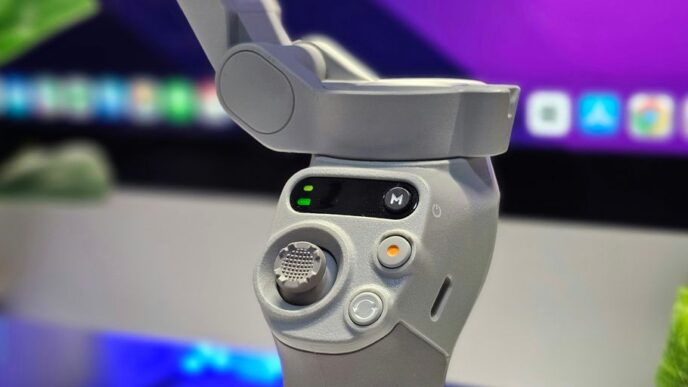Introduction
In an ever-changing world where technology and innovation reign supreme, the durability and reliability of products, especially those exposed to the elements, are paramount. One such tool that plays a crucial role in ensuring the quality of various items, from electronics to construction materials, is the rain test chamber. In this article, we will delve into the world of rain test chambers, exploring what they are, how they work, and why they are essential in today’s manufacturing landscape.
Understanding Rain Test Chambers
What Are Rain Test Chambers?
Rain test chambers, also known as rain chambers or rain test facilities, are specialized testing environments designed to evaluate the waterproofing and weather resistance of a wide range of products and materials. These chambers simulate various rain and moisture conditions, allowing manufacturers and researchers to assess how well their products can withstand exposure to water.
Components of a Rain Test Chamber
- Water Delivery System: A crucial component, this system controls the flow and intensity of the simulated rain.
- Test Specimen Area: The designated area where the product or material under examination is placed.
- Control System: This system regulates the parameters of the test, ensuring precision and consistency.
- Sensors: Sensors measure important factors such as water flow rate, pressure, and temperature during testing.
The Importance of Rain Testing
Product Durability
Rain testing is essential for evaluating and enhancing the durability of products. It helps identify potential weaknesses in design or materials, allowing manufacturers to make improvements before products reach the market.
Compliance with Standards
Many industries have established specific standards and regulations related to waterproofing and weather resistance. Rain test chambers help ensure that products meet these industry requirements.
Applications of Rain Test Chambers
Electronics Industry
- Smartphones: Rain testing ensures that smartphones are resistant to moisture, preventing damage to internal components.
- Electrical Components: Electronics manufacturers use rain test chambers to assess the weather resistance of various electrical parts.
Automotive Industry
- Seals and Gaskets: Rain testing helps evaluate the effectiveness of seals and gaskets, preventing water leakage into vehicles.
- Exterior Coatings: Automotive paints and coatings are tested to resist rust and corrosion caused by moisture.
Construction Industry
- Roofing Materials: Rain test chambers assess the waterproofing capabilities of roofing materials, preventing leaks in buildings.
- Exterior Cladding: Testing exterior cladding materials ensures they can withstand rain and moisture without compromising structural integrity.
Benefits of Rain Testing
Cost Savings
Identifying and addressing waterproofing issues during the development stage can lead to substantial cost savings by reducing warranty claims and product recalls.
Enhanced Customer Satisfaction
Products that have undergone rigorous rain testing are more likely to perform well in real-world conditions, leading to higher customer satisfaction and brand reputation.
Conclusion
In a world where product quality and durability are paramount, rain test chambers play a pivotal role in ensuring that items can withstand the challenges posed by moisture and rain. These chambers are essential tools for manufacturers across various industries, contributing to product reliability and customer satisfaction.













